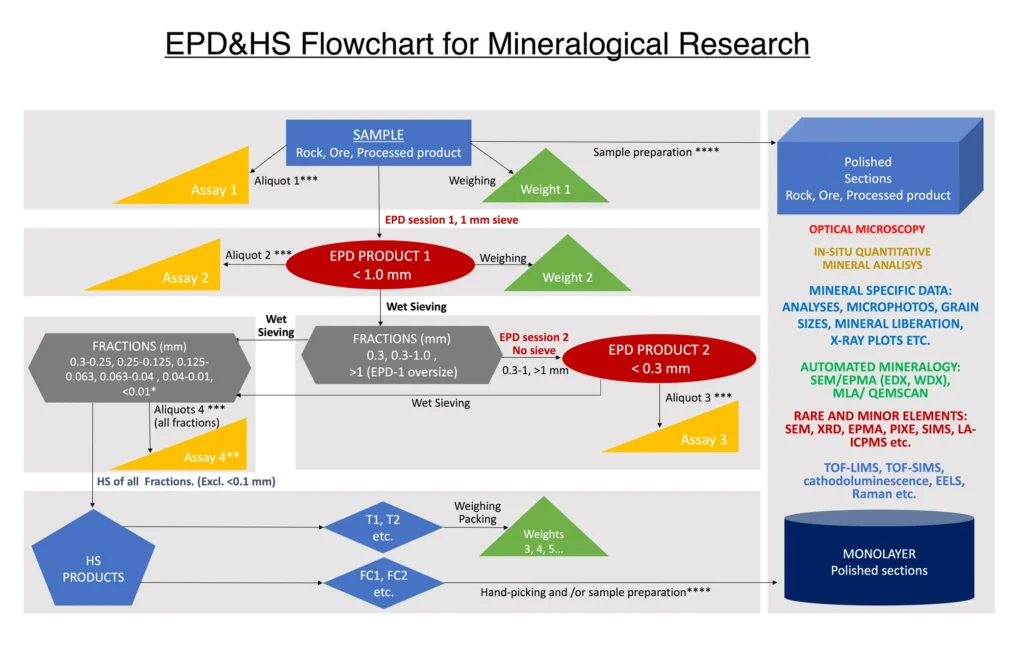It is not so easy to recover minerals in pristine shape using common methods like mechanical crusher and jaw-crusher. There is a new approach to extract the mineral crystal from host rock - to strike them with a high voltage pulses in water.
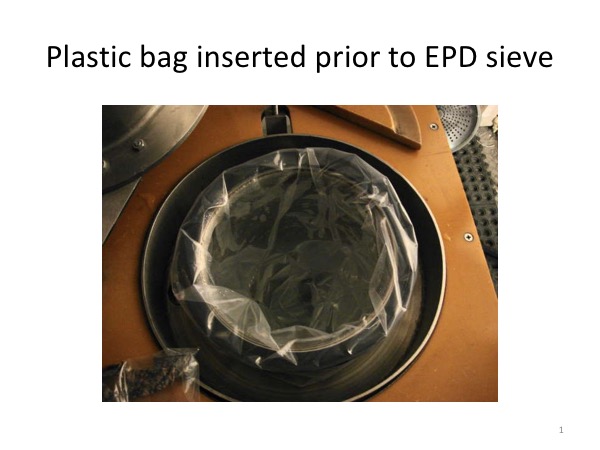
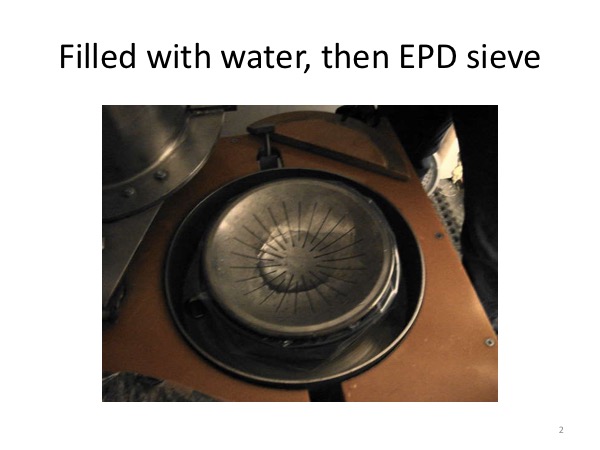
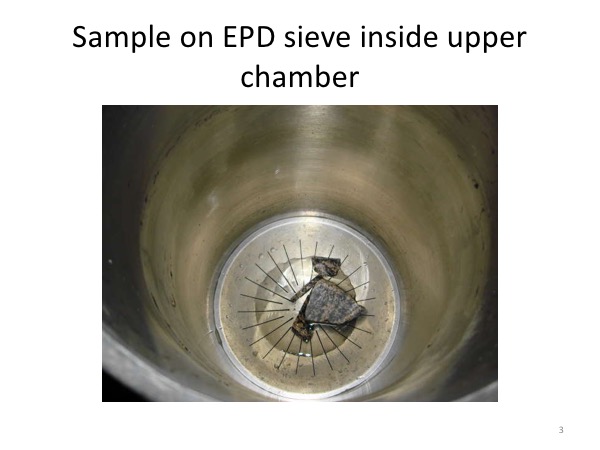
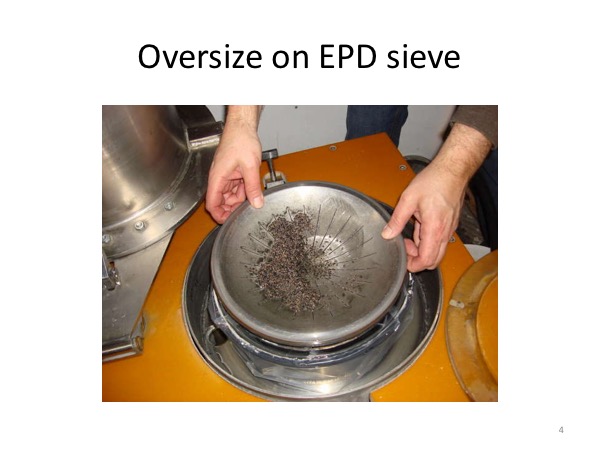
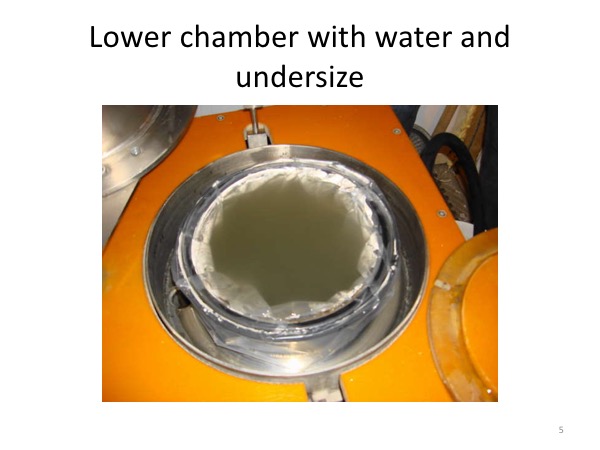
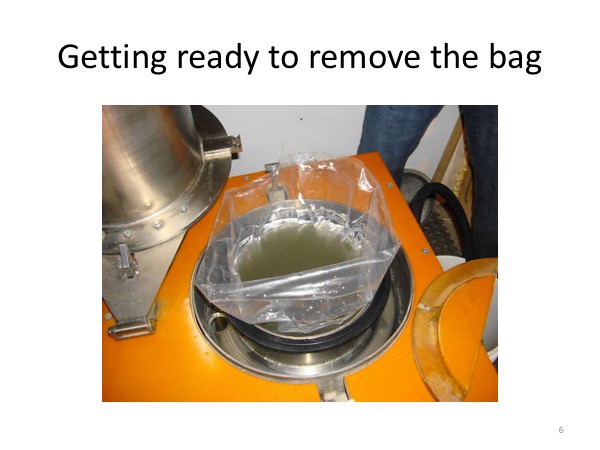
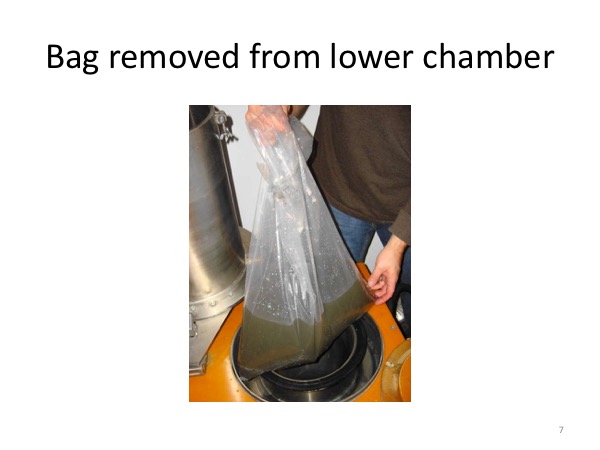
Superior mineral preservation: It leaves the original shape and form of the liberated mineral grains intact.
No contamination: Because the rock can be disaggregated within a plastic bag inside the chamber, the process eliminates the risk of cross-contamination between samples.
Ideal for fragile materials: The method is especially valuable for separating soft or fragile minerals, such as emeralds, from hard host rock.
Environmentally friendly: The process occurs in water and does not create airborne dust.
Components and process
Chamber
The rock sample is placed inside a disaggregation chamber filled with water.
Marx generator
A high-voltage power source used to create the electrical pulses. The generator works by charging multiple capacitors in parallel and then discharging them in series to multiply the voltage.
Electric pulses
A high-voltage electric pulse is sent through the rock sample. This pulse travels along the natural grain boundaries and zones of weakness within the rock.
Explosive effect
The pulses create small internal explosions that fracture the rock along its mineral boundaries, rather than crushing the crystals themselves.
Liberated minerals
This process releases individual mineral grains and crystals in their pristine, undamaged form, which is critical for sensitive analysis.
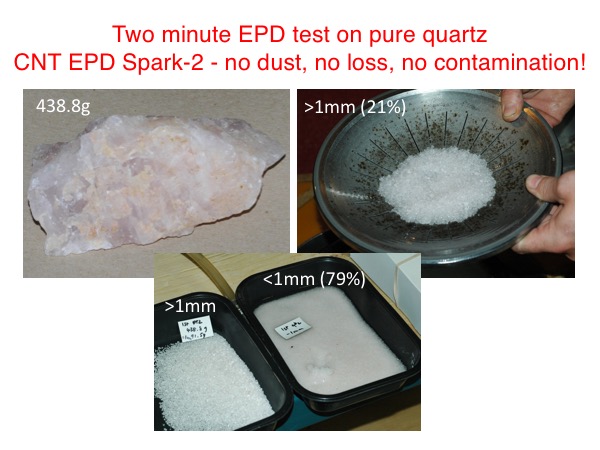
Applications
The technology is used for a variety of mineral processing and research applications, including:
– Recovering crystals for geochronological dating.
– Processing specialized ores that require a gentle but effective method of liberation.
Combined EPD&HS Technology for Mineralogical Research
Combined EPD&HS technology application in geology, mineralogy, applied mineralogy and mineral processing for several rocks and ores are briefly described:
I) Ores of precious metal deposits
– Pt-Au-Pd-ores of the “Platinova Reef” deposit of Skaergaard massif, Greenland;
– Ag-Au-Pd-Pt-ores of the Bushveld Complex (chromitites of UG2, LG6, M1/2, Merensky Reef), South Africa; — Au-Ag-ores from the Veladero deposit, Argentina; Au-Ag-ores of the Berezovsky deposit, the Urals;
– Ag-Au-Pt-Pd-mineralization of carbonatites from Kovdor Massif, Kola Peninsula and Loolekop deposit, Phalaborwa Massif, South Africa;
II) Eight new platinum-group minerals which include six being discovered by the authors of the manuscript;
III) Diamondiferous lamproite diatreme, Karelia, Kostomuksha district;
IV) Zircons of garnet amphibolites of the Kamchatka Cape Peninsula, Eastern Kamchatka; Os-placer and host-rock mineralization of the Ust-Belsky massif, Koryak highlands;
V) Microfossils from sedimentary rocks, North Dakota, USA.
Book a Call
Learn
- CNT Leadership
- Internship programmes
- Career opportunities
Consortium
Get in touch
Dr Vladimir N. Rudashevsky (vlad.rudashevsky@gmail.com)
